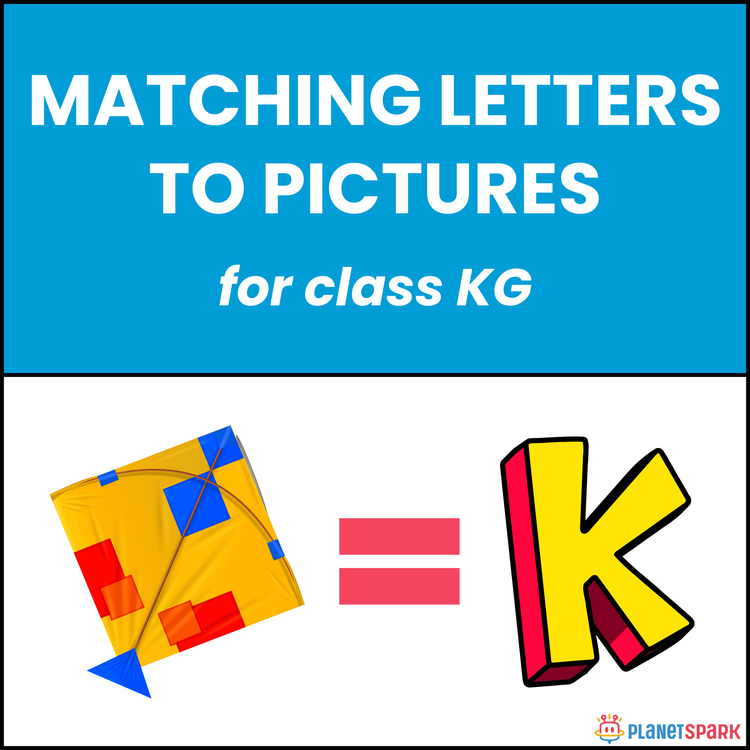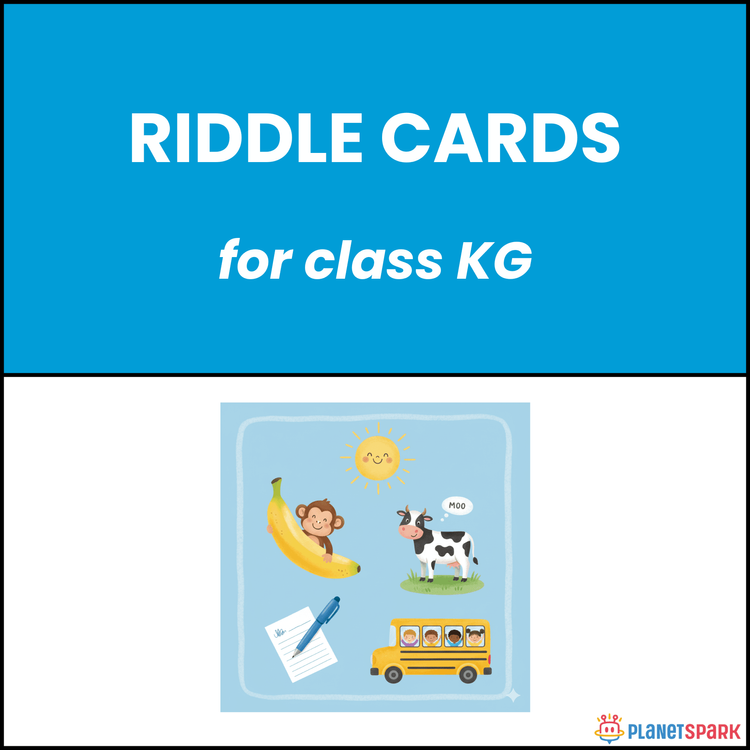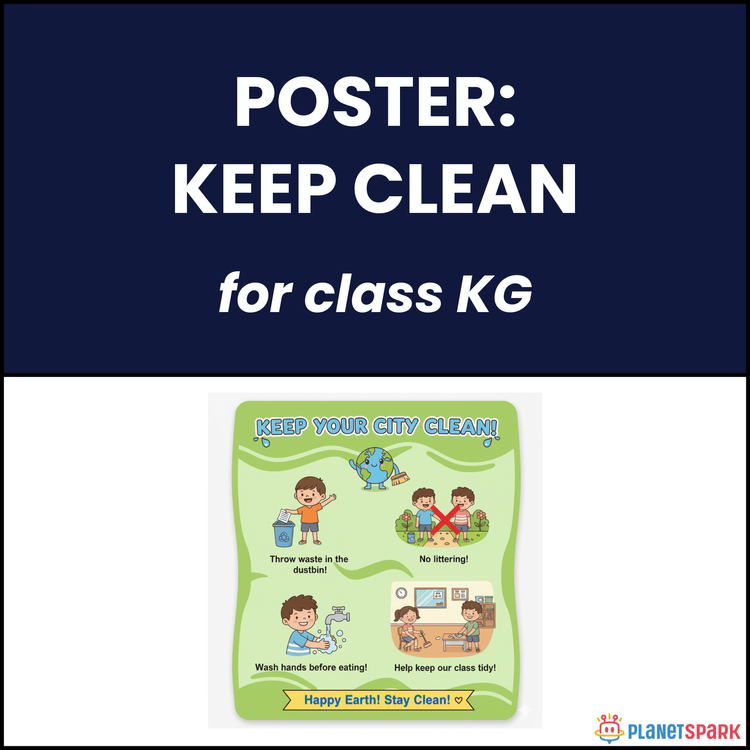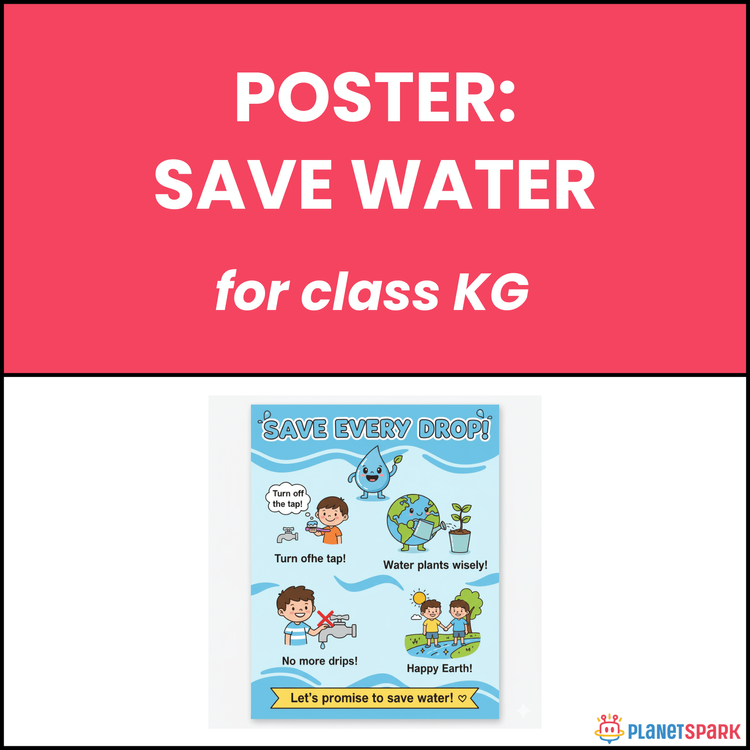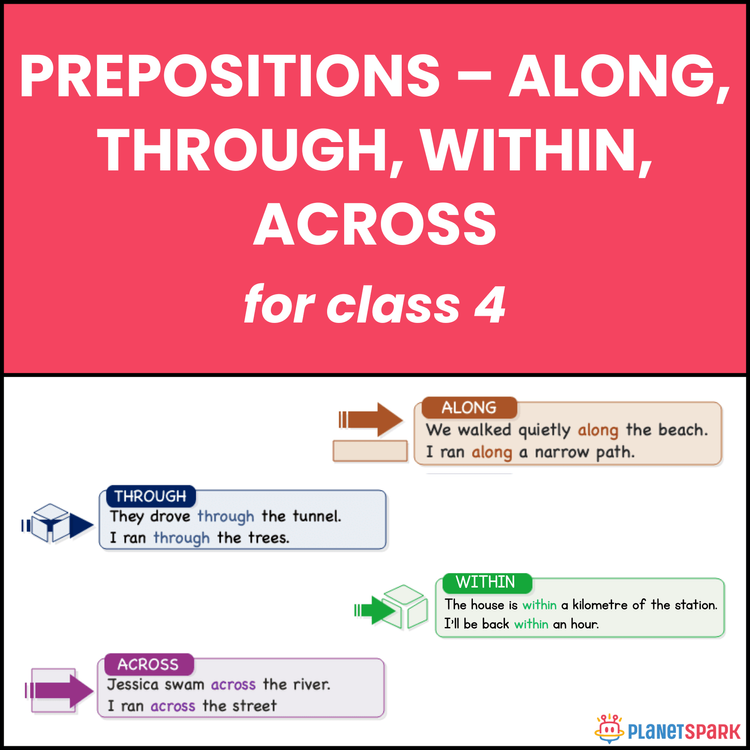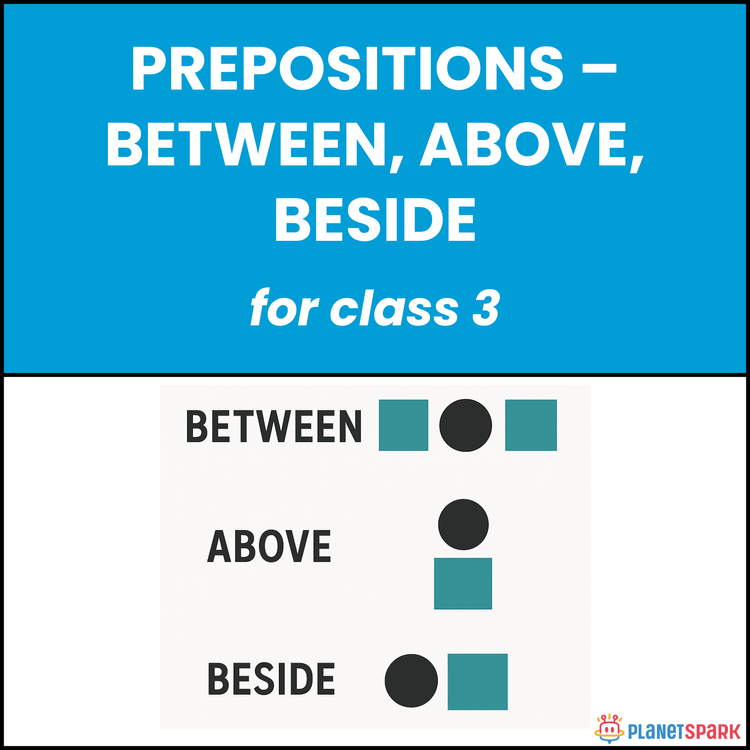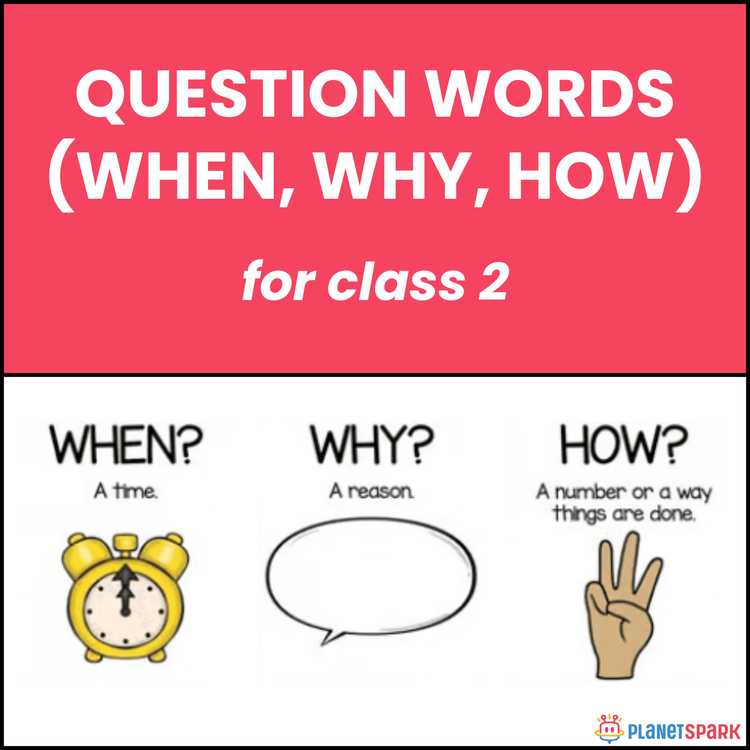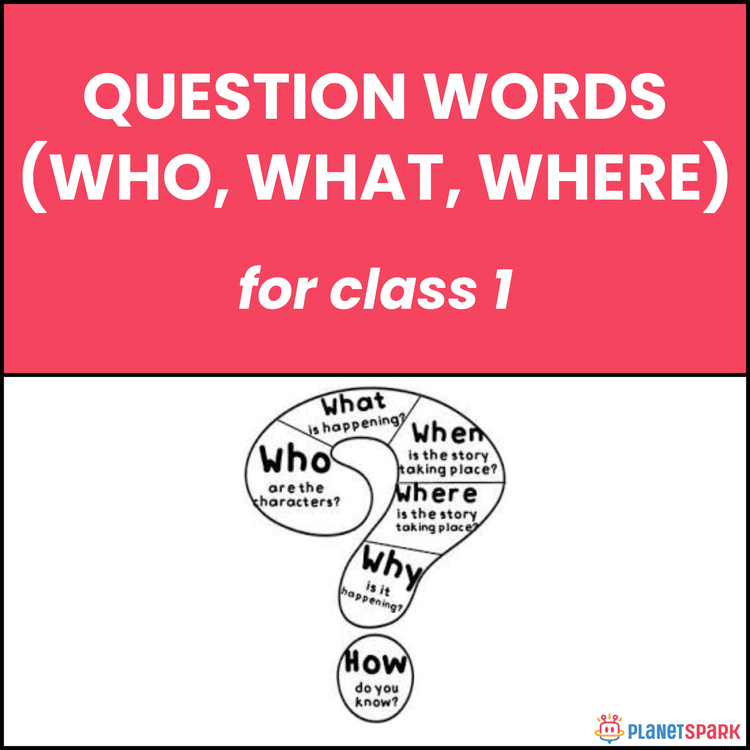Class KG Reading Comprehension on The Hungry Cat
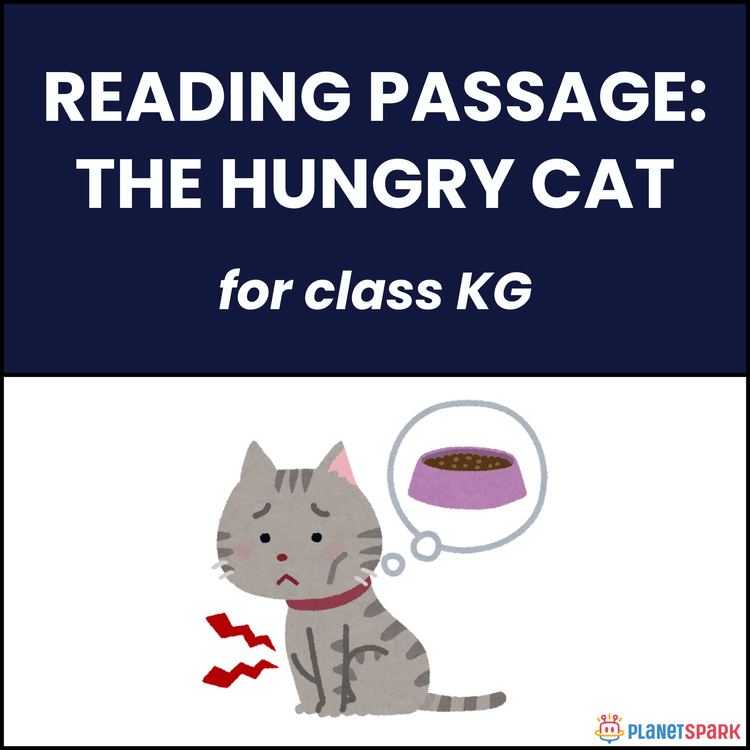

Class KG Reading Comprehension on The Hungry Cat
The Hungry Cat: Reading Comprehension for Kindergarten
This Kindergarten worksheet introduces children to the passage "The Hungry Cat." The story tells of a small cat that feels hungry and walks around the house looking for food. It finds no food under the table, but in the kitchen, it discovers a bowl of milk. The cat drinks the milk, licks its mouth, and feels happy before curling up to sleep. This simple passage builds reading fluency, comprehension, and sequencing skills in young learners.
Why Reading Comprehension Matters in Grammar?
Reading comprehension is essential for early learners because it:
1. Builds vocabulary with words like cat, milk, table, bowl, and sleep.
2. Strengthens recall and sequencing through simple, fact-based questions.
3. Develops empathy and awareness of everyday life situations.
4. Connects grammar and reading through short, meaningful stories.
What’s Inside This Worksheet?
🧠 Exercise 1 – Read the Passage: A short and easy story about a hungry cat finding milk in the kitchen.
✏️ Exercise 2 – Answer the Questions: Ten multiple-choice questions to test children’s understanding and recall.
Answer Key (For Parents & Educators)
Exercise 2 – Multiple Choice Questions
1. What animal was hungry? → Cat
2. Where did the cat look first? → Under the table
3. What did the cat find in the kitchen? → Milk
4. What did the cat do with the milk? → Drank
5. What did the cat lick? → Mouth
6. How did the cat feel after milk? → Happy
7. What sound did the cat make? → Purr
8. What did the cat do after drinking milk? → Slept
9. Where was the bowl kept? → Kitchen
10. What did the cat search for? → Food
This worksheet makes comprehension fun and relatable, helping Kindergarten learners improve vocabulary, attention, and understanding through a simple story.
Support your child’s literacy journey with this delightful Hungry Cat worksheet.
Frequently Asked Questions
Animals make stories fun, engaging, and relatable for young learners.
Short “who,” “what,” and “where” questions help children recall story details.
They can match pictures to sentences or arrange events in order.
